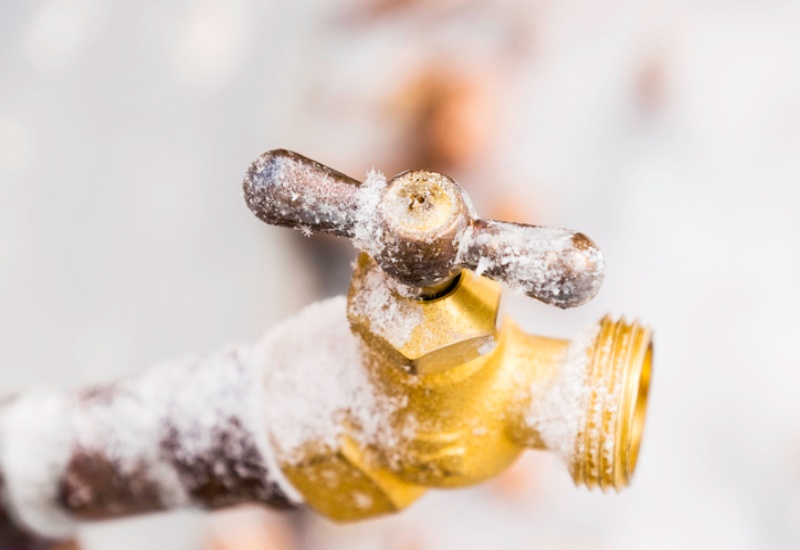
How’s your hose bib? What’s that- you don’t understand the question? In case you are not aware, a hose bib, also called a sillcock or hose spigot, is the outdoor water tap on the exterior of your home. You probably have one on the back of your house and maybe another on the front. The hose bob is the spigot where you connect a garden hose for outdoor water, and when you’re finished and turn the valve off, the hose bib is designed to drain water from the exterior portion of the component to prevent draining. So why should you care about how your hose bib is doing?
If the hose bib is left unattended, it can cause a world of problems for your home in the colder months. Here’s why. Like all the other faucets in your home, the hose bib is connected to your plumbing system through an individual pope. The hose bib pipes, however, come with a shutoff valve. This shutoff valve allows the water to the hose bib to be cut off during the winter months to prevent freezing. This is important because when water turns to ice, it expands. Water in your hose bib can freeze and cost it to warp or burst, but it can also cause harm to your inside pipes. You might not even know there’s a problem until you’ve got a flooded basement or water damage in your home.
So, what can you do to prevent this from happening?
- First, disconnect the garden hose, drain it, roll it up, and pack it away. This is vital because water that remains in the hose can freeze when the temperature drops.
- Next, find the shutoff valve. Look for it inside your home’s basement, crawlspace, or utility closet. Adjust the shutoff valve, cutting off the water supply to the hose bib.
- Go back to the hose bib. Turn it on and let any residual water to run out. Leave it turned on throughout the winter because if any water leaks out and the tap is open, it will escape instead of freezing in the pipe.
- Head back to the shutoff valve location and find the bleeder valve. This is usually under the shutoff valve, and it has a small metal cap. Placing a bowl underneath it, remove the bleeder valve’s cap, so excess water runs out. Put the cap back on the bleeder valve and retighten.
For help maintaining your plumbing, you can trust Puget Sound Plumbing. For over 20 years, we’ve been taking care of business owners and homeowners in Seattle, and we can meet all your heating, cooling, and plumbing needs. Family-owned and operated, we provide superior service at affordable prices because our customers are our top priority. For help with your plumbing 24 hours a day, seven days a week, call (206) 350-0079 or contact us through our website.


